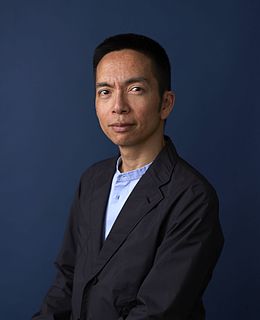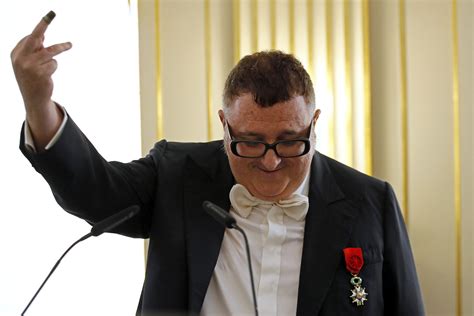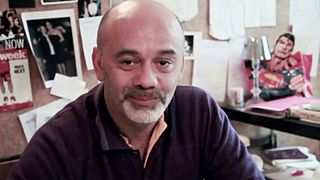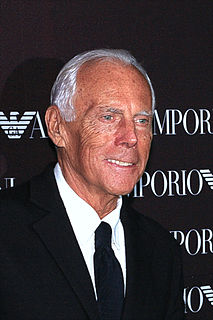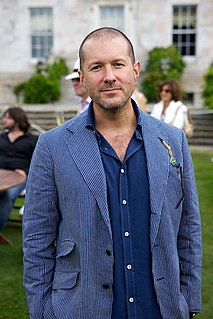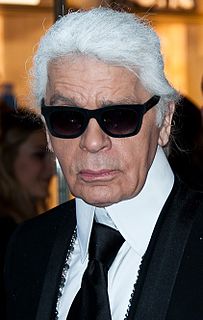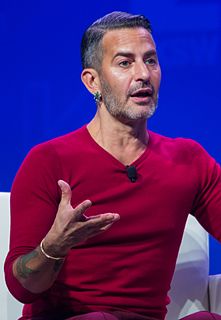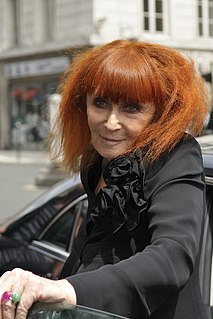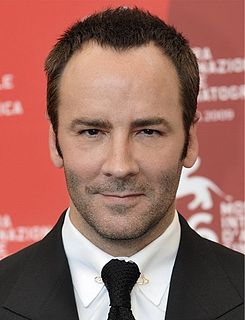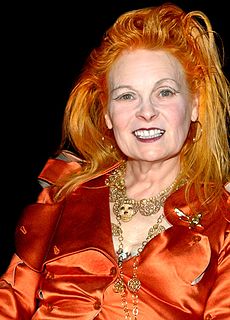Top 62 Quotes & Sayings by John Maeda
Explore popular quotes and sayings by an American designer John Maeda.
Last updated on April 14, 2025.
There is a construct in computer programming called 'the infinite loop' which enables a computer to do what no other physical machine can do - to operate in perpetuity without tiring. In the same way it doesn't know exhaustion, it doesn't know when it's wrong and it can keep doing the wrong thing over and over without tiring.
Amidst all the attention given to the sciences as to how they can lead to the cure of all diseases and daily problems of mankind, I believe that the biggest breakthrough will be the realization that the arts, which are considered "useless," will be recognized as the whole reason why we ever try to live longer or live more prosperously. The arts are the science of enjoying life.
Museums are important. Design and art schools are important because they show how it should be done at the highest level of quality. Once people are exposed to quality, they recognize it right away and they appreciate it. People's tastes are changed by exposure to quality. Unless they can see it they can't want it. That's the brilliance of Apple - they provide quality in design.
A book is a human-powered film projector (complete with feature film) that advances at a speed fully customized to the viewer's mood or fancy. This rare harmony between object and user arises from the minimal skills required to manipulate a bound sequence of pages. Each piece of paper embodies a corresponding instant of time which remains frozen until liberated by the
act of turning a page.
Technological advances have always been driven more by a mind-set of 'I can' than 'I should' Technologists love to cram maximum functionality into their products. That's 'I can' thinking, which is driven by peer competition and market forces But this approach ignores the far more important question of how the consumer will actually use the device focus on what we should be doing, not just what we can.
What’s next for technology and design? A lot less thinking about technology for technology’s sake, and a lot more thinking about design. Art humanizes technology and makes it understandable. Design is needed to make sense of information overload. It is why art and design will rise in importance during this century as we try to make sense of all the possibilities that digital technology now affords.
